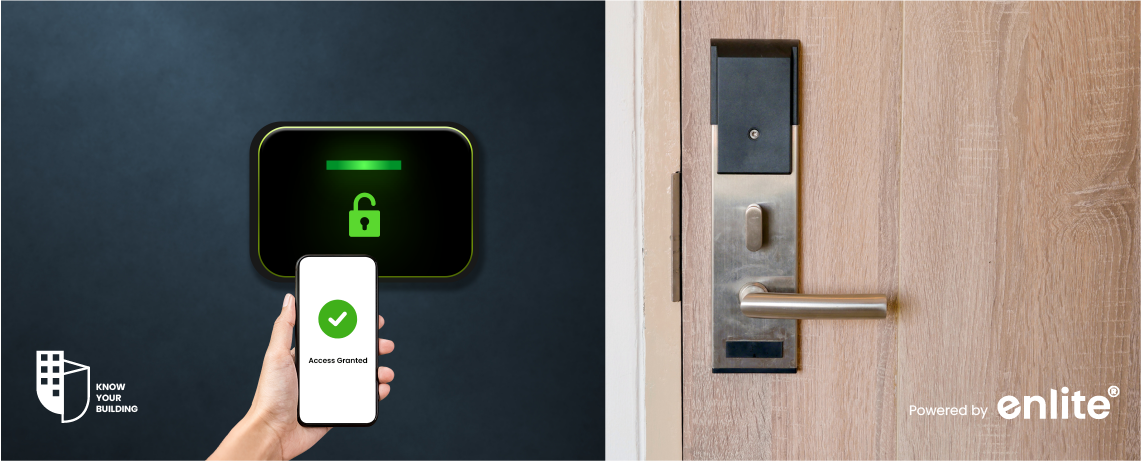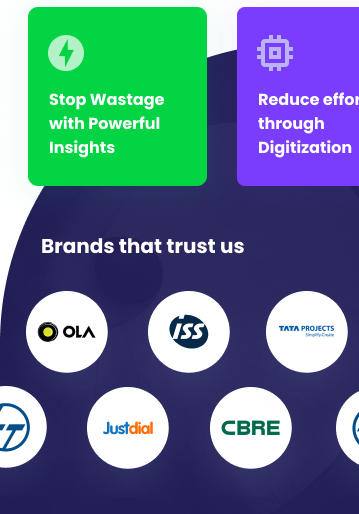Smart building access control systems are revolutionizing how we secure our spaces. Moving beyond traditional key cards and locks, these systems offer a wealth of enhancements that significantly bolster security, improve convenience, and provide valuable data insights. Let’s explore some of the top security advancements in this evolving field:
1. Multi-Factor Authentication (MFA)
MFA adds layers of security beyond a single credential. It might combine something you know (PIN), something you have (mobile device or key fob), and something you are (biometrics like fingerprint or facial recognition). This makes it significantly harder for unauthorized access, even if one factor is compromised.
2. Biometric Integration
Biometrics offer a highly secure and personalized access method. Fingerprint scanning, facial recognition, and even iris scanning provide unique identifiers that are difficult to replicate. Integrating biometrics with access control adds a strong layer of protection against unauthorized entry.
3. Mobile Credentials
Smartphones are now becoming the key. Mobile credentials utilize technologies like NFC (Near Field Communication) or Bluetooth to grant access. This offers convenience and enhanced security, as mobile devices can be easily managed and access revoked remotely if lost or stolen.
4. Cloud-Based Management
Cloud-based access control systems offer centralized management and real-time monitoring. Administrators can easily grant or revoke access, track entries and exits, and receive alerts of suspicious activity from anywhere with an internet connection. This provides greater control and flexibility compared to traditional systems.
5. Integration with Other Security Systems
Smart access control systems can be integrated with other security systems like video surveillance, intrusion detection, and alarm systems. This creates a unified security platform that provides a comprehensive view of the building and allows for automated responses to security events. For example, an unauthorized access attempt could trigger an alarm and alert security personnel while simultaneously activating nearby cameras.
6. Real-Time Monitoring and Alerts
Smart access control systems provide real-time monitoring of access points. Administrators can receive instant alerts of unauthorized access attempts, forced entry, or other suspicious activity. This enables a quick response to potential security breaches.
7. Data Analytics and Reporting
These systems generate valuable data on access patterns, occupancy, and other metrics. This data can be used to identify potential security vulnerabilities, optimize building operations, and even provide insights for emergency response planning. For example, unusual access patterns outside of normal business hours could flag a potential security issue.
8. Lockdown Capabilities
In emergency situations, smart access control systems can be used to quickly lock down specific areas or the entire building. This helps to protect occupants and prevent unauthorized access during a crisis. This feature can be crucial in situations like active shooter events or other emergencies.
9. Visitor Management
Modern access control systems often include visitor management features. This allows for streamlined visitor registration, pre-authorization, and tracking. It enhances security by providing a record of everyone who enters and exits the building.
10. API Integrations
Open APIs allow smart access control systems to integrate with other building management systems, such as lighting, HVAC, and elevator controls. This creates a more connected and automated building environment, where access can be dynamically adjusted based on occupancy, time of day, or other factors. For example, granting access to a specific floor could automatically activate the elevator and adjust the lighting in that area.
The Future of Smart Access Control
The advancements in smart building access control are constantly evolving. We can expect to see even more sophisticated solutions in the future, including the use of artificial intelligence and machine learning to predict and prevent security breaches. As technology continues to advance, smart access control will play an increasingly important role in securing our buildings and protecting our people.














